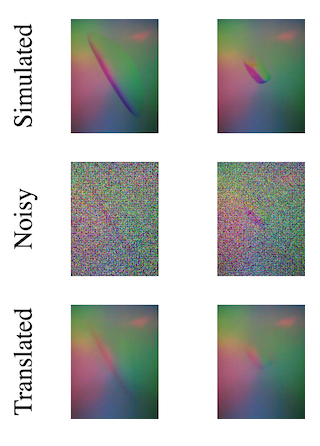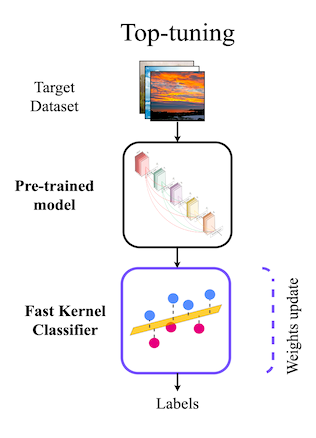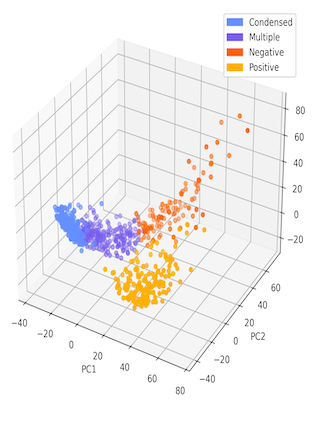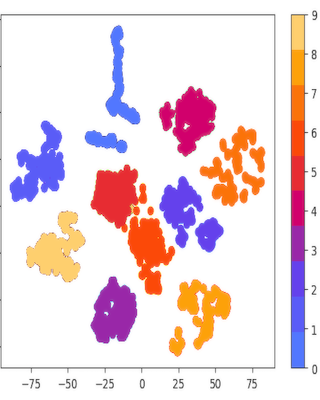Publications & Preprints
Diffusion models for Sim2Real gap
We tackles the Sim2Real gap in vision-based tactile sensors for object surface classification. We train a Diffusion Model on a small dataset of real-world images. The Diffusion Model translates these simulated images into the real domain, enabling the classifier training. Throughout this process, we align features in both domains through an adversarial procedure.
Published @ICRA2024
Link to paper

Top-tuning for efficient transfer learning
We explore top-tuning, a transfer learning method using pre-trained convolutional features as input for a fast kernel method. We demonstrate its effectiveness through over 3000 training processes on 32 small to medium-sized target datasets, showcasing significant time savings, i.e. one to two orders of magnitude, while maintaining comparable accuracy to fine-tuning.
Published @Image and Vision Computing, vol. 142
Link to paper

Unsupervised learning for phenotype to genotype mapping
We develop an unsupervised learning framework relating changes in cellular morphology to genetic modifications. We focus on yeast organelles called vacuoles. Our approach can be applied extensively for live fluorescence image analysis, potentially unveiling the basic principles relating genotypic variation to vacuole morphology in yeast cells.
Published @ICIAP2023
Link to paper

Efficient unsupervised ML for plankton images
We propose an efficient unsupervised learning pipeline to provide accurate classification of plankton microorganisms. We build a set of image descriptors exploiting a two-step procedure. First, a Variational Autoencoder (VAE) is trained on features extracted by a pre-trained neural network. We then use the learnt latent space as image descriptor for clustering.
Published @ICPR2022
Link to paper
